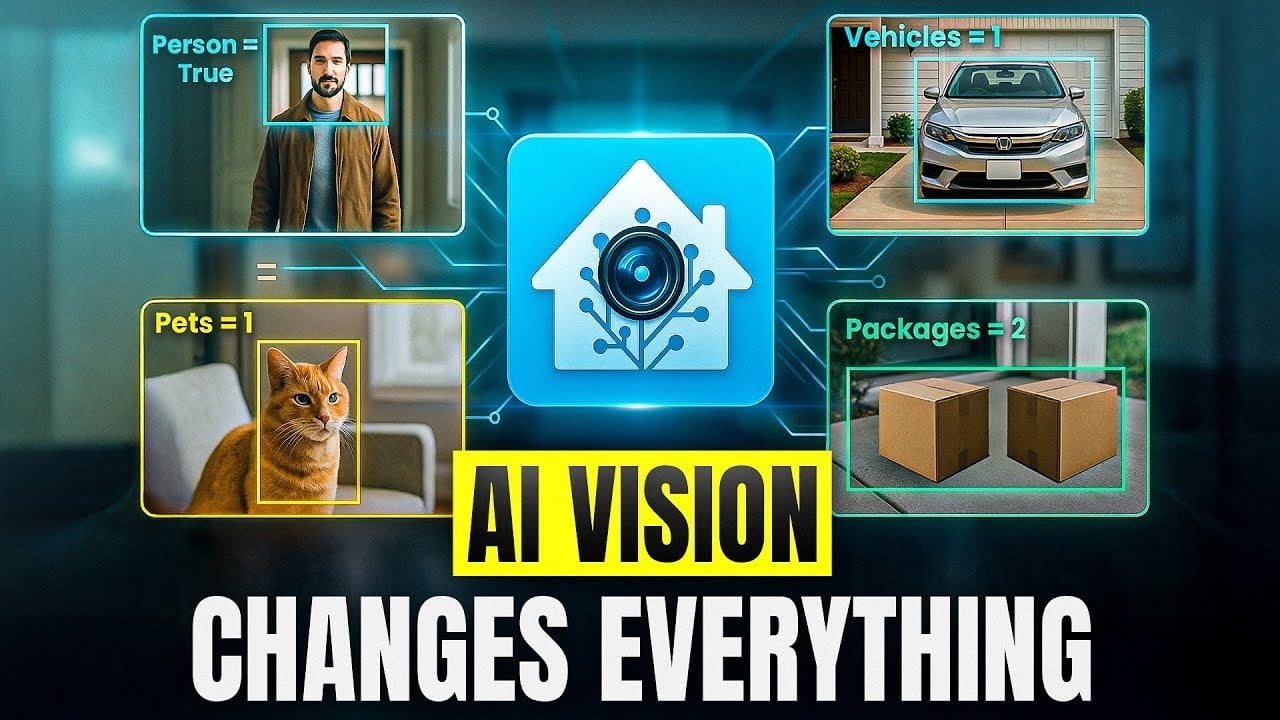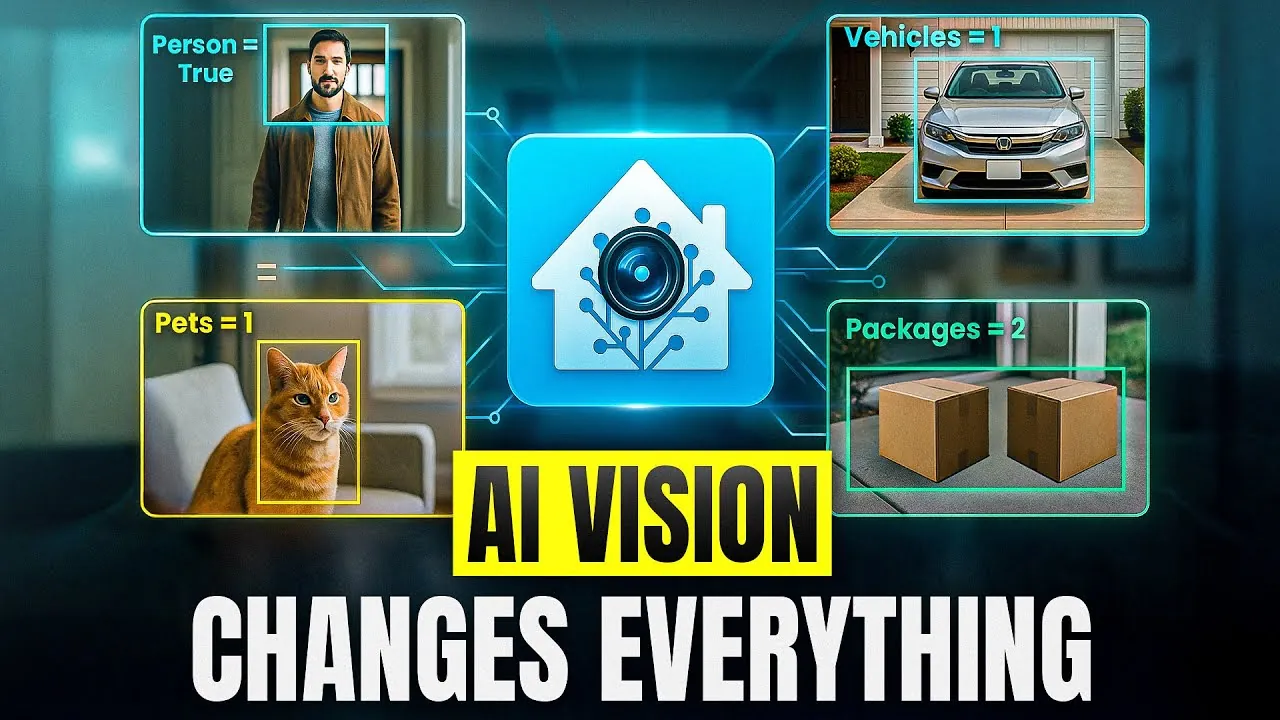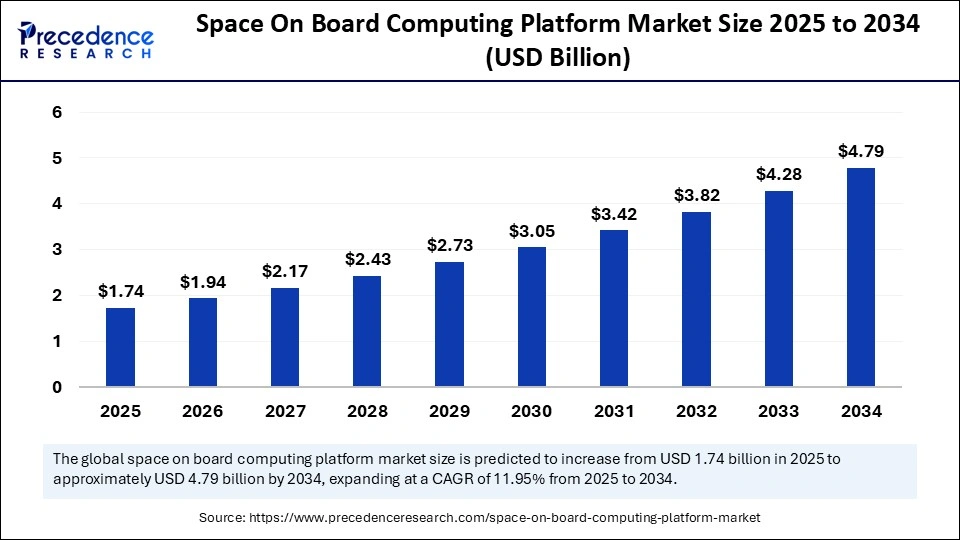AI Vision in Home Assistant : The Future of Smart Home Automation


Imagine a home that not only responds to your commands but also sees, understands, and acts on its own. With the integration of AI vision into the Home Assistant platform, this futuristic scenario is no longer a distant dream. Picture your smart home recognizing a package at your doorstep, alerting you about an open garage door, or even monitoring your propane tank levels, all without you lifting a finger. This breakthrough in home automation combines the power of visual data with AI-driven insights, transforming how we interact with our living spaces. It’s not just about convenience; it’s about creating a home that’s smarter, more secure, and deeply intuitive.
In the video below HiTech Life takes you through the new Home Assistant’s AI vision capabilities, you’ll discover how this innovative technology is reshaping smart homes. From its compatibility with a wide range of camera systems to its practical applications like visitor identification and vehicle monitoring, the possibilities are vast and exciting. We’ll also delve into how this innovation uses tools like Google Generative AI to process visual inputs and execute tailored automations. Whether you’re a tech enthusiast or a homeowner looking to enhance daily life, this deep dive will reveal how AI vision can make your home not just automated, but truly intelligent. The question is: how far can your home’s potential go when it starts to see the world as you do?
How AI Vision Improves Home Assistant
TL;DR Key Takeaways :
- Home Assistant’s integration of AI vision, powered by Google Generative AI, enables advanced visual data analysis and automation, enhancing smart home functionality and user experience.
- The platform supports a wide range of camera systems, including older and budget-friendly models, making sure accessibility for diverse households.
- Key practical applications include package detection, garage door monitoring, propane tank level tracking, vehicle and door status updates, and visitor identification for improved convenience and security.
- Setting up AI vision is straightforward, requiring API connectivity and allowing users to create custom automations tailored to their specific needs, even with existing camera setups.
- Challenges like image quality and configuration fine-tuning can be addressed to optimize performance, unlocking the full potential of AI vision for a smarter, more efficient home environment.
In August 2025, Home Assistant released version 2025.8, introducing advanced AI-powered features that transform how visual data is processed and used. These enhancements allow you to analyze images captured by cameras and trigger automations based on AI-generated insights. By integrating Google Generative AI through API connectivity, the system processes visual inputs, generates structured responses, and stores data for future use.
One of the most notable aspects of this integration is its compatibility with a broad range of camera systems. Whether you have modern high-resolution devices or older, budget-friendly models, the platform ensures accessibility for users across diverse technological setups. This inclusivity makes it a practical solution for households with varying levels of smart home infrastructure.
Practical Applications of AI Vision in Everyday Life
AI vision in Home Assistant offers tangible benefits by addressing common household challenges and improving convenience. Here are some of the most impactful use cases:
- Package Detection: AI analyzes images of your doorstep to identify and count packages, sending notifications to keep you informed about deliveries.
- Garage Door Monitoring: AI determines whether your garage door is open or closed, providing alerts to enhance security and peace of mind.
- Propane Tank Monitoring: AI reads the gauge on a propane tank from camera images, notifying you when fuel levels are low to prevent unexpected shortages.
- Vehicle and Door Status: AI identifies the number of vehicles in your driveway or garage and checks the status of doors, offering added reassurance and control.
- Visitor Identification: AI describes visitors at your front door, detailing their clothing, accessories, and actions to improve awareness and safety.
These applications demonstrate how AI vision simplifies daily tasks, enhances security, and improves the overall efficiency of your home automation system.
Home Assistant- Home Automation system fitted with AI Vision
Stay informed about the latest in AI Vision by exploring our other resources and articles.
Setting Up and Configuring AI Vision
Integrating AI vision into your Home Assistant system is designed to be straightforward and accessible. By connecting Google Generative AI using API keys, you can unlock advanced features without the need for specialized hardware. Even older or budget-friendly cameras, such as Blink or Ring models, can be used to capture images for AI analysis.
Once the integration is complete, you can create custom automations that process AI-generated responses and store data in variables or helpers for future use. This flexibility allows you to tailor the system to meet your specific needs, whether it’s monitoring security, managing deliveries, or automating routine tasks. The ability to adapt the platform to your unique requirements ensures a personalized and efficient smart home experience.
Addressing Challenges and Enhancing Performance
While the benefits of AI vision are substantial, certain challenges must be addressed to optimize performance. Image quality plays a critical role in making sure accurate AI analysis. Using higher-resolution cameras or refining prompts can significantly improve the system’s reliability. Additionally, fine-tuning configurations and prompts allows you to enhance the system’s performance for specific tasks.
By proactively addressing these challenges, you can maximize the potential of your Home Assistant setup. This ensures that the system delivers precise and dependable results, creating a seamless and efficient home automation experience.
Unlocking New Possibilities with AI Vision
The integration of AI vision with Home Assistant opens the door to a wide array of applications that simplify and enhance daily life. From monitoring package deliveries and fuel levels to improving home security, this technology transforms how you interact with your living space. It also extends the utility of older camera systems, allowing you to extract greater value from existing devices.
By using visual data analysis, you can save time, reduce manual effort, and create a more intelligent and responsive home environment. The ability to automate routine tasks and gain actionable insights from visual data ensures that your smart home operates at peak efficiency.
Looking Ahead: The Future of AI Vision in Home Automation
The combination of AI vision and Home Assistant represents a pivotal advancement in the evolution of smart home technology. By allowing homes to analyze visual data and execute actions based on AI-driven insights, this innovation enables you to take full control of your living space. Whether it’s enhancing security, managing deliveries, or automating everyday tasks, AI vision offers a practical and accessible solution for modern households.
As this technology continues to evolve, its potential for further innovation and improvement remains vast. The versatility, ease of use, and fantastic capabilities of AI vision ensure that it will play a central role in shaping the future of home automation. By embracing this technology, you can create a smarter, more efficient, and more responsive home environment that meets the demands of modern living.
Media Credit: HiTech Life
Filed Under: AI, DIY Projects, Technology News
Latest Geeky Gadgets Deals
Disclosure: Some of our articles include affiliate links. If you buy something through one of these links, Geeky Gadgets may earn an affiliate commission. Learn about our Disclosure Policy.
link








